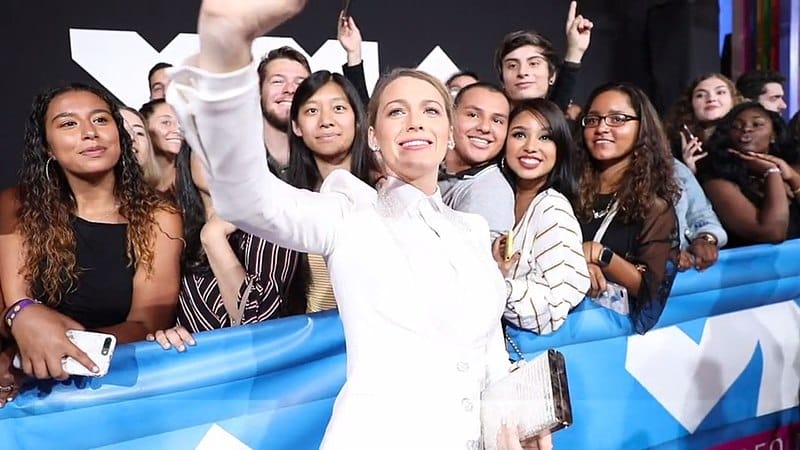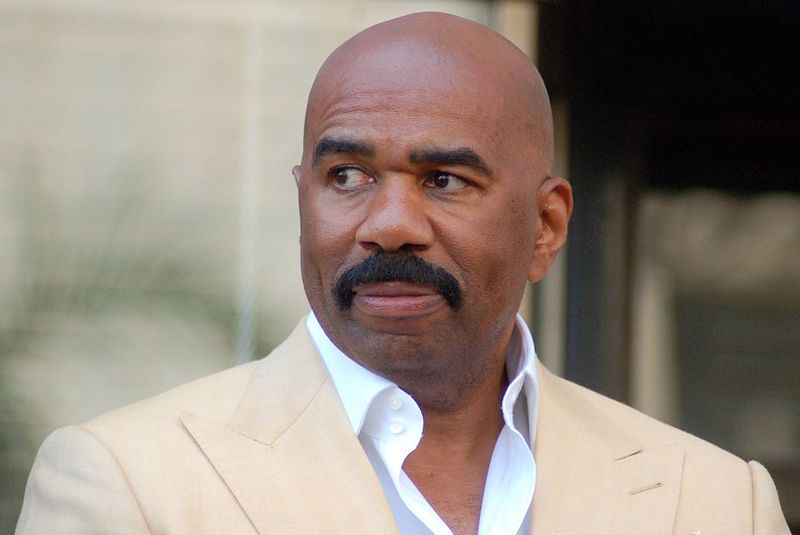To the delight of monster movie fans around the world, Godzilla Minus One has officially stomped onto Netflix, which was quite a pleasant surprise for many. That especially goes for me since it happened on my birthday, which made it one of the best presents ever. Originally released back in November in Japan, most fans of the 70-year-old franchise did not get to see Godzilla Minus One since it didn’t have a very limited release. This was due to the fifth movie in the unrelated Monsterverse, Godzilla x Kong: The New Empire, which was released a few months later.
Now that the movie can be seen by a much larger audience, I was able to view it in the middle of the night while enjoying some cake and ice cream. While I would have preferred to watch it in theaters, I still have to say that this experience was worth the wait.
The Making of Godzilla Minus One
Screenshot from Godzilla Minus One on Netflix | Taken by Kirstin BaumBefore we get into my thoughts on this masterpiece of a monster movie, it’s important to appreciate the work behind this wildly successful piece of cinema. Godzilla Minus One was distributed by Toho Co., Ltd. That is, of course, the company that created the ever-continuing story of Godzilla along with both his villainous and heroic adventures. The movie was directed by Takashi Yamazaki with Kōzō Shibasaki in charge of cinematography.
The movie was made on a budget that translates to around $10-12 million, which in comparison to the $135 million budget of Legendary Entertainment’s Godzilla x Kong: The New Empire, was small in comparison. The smaller budget did not harm Minus One though, since it ended up raking in almost $116 worldwide, which made it more successful in terms of earnings than Shin Godzilla. If you haven’t seen that one, I highly recommend it since it is one of the most unique Godzilla movies ever created.
This wild success is what led Minus One to be in the running during the 96th Academy Awards. It ended up defeating The Creator, Guardians of the Galaxy Vol. 3, Mission: Impossible – Dead Reckoning Part One, and Napoleon to take home the prize for Best Visual Effects. This monstrous win made Minus One the only Godzilla movie to ever win an Oscar. You can watch that incredible moment on the official Oscars YouTube channel.
The Story of a Man and a Monster
As I begin my review, I want to dedicate a section to the story that the dedicated and amazing team behind this movie created. To be very clear, Godzilla Minus One is not just a story about a monster on a rampage. It is the tried-and-true tale of the indomitable human spirit. It’s the story of the main character, Kōichi Shikishima, seeking revenge and redemption with a desire so strong that it can be felt through the screen. The man who took the role, Ryunosuke Kamiki, was phenomenal and gave one of the most memorable performances I’ve seen.
Along with this story of revenge, there is a repeating theme throughout the movie. It’s one that explains to the audience that each life has a meaning and a purpose. Since the main portion of the story takes place a short time after World War II, Japan is still in a state of rebuilding from immense damage and loss of life. This theme becomes a powerful device used throughout the plot, which is as much as I will say about it since I don’t want to spoil the movie.
A Film Filled with Monstrous Effects
Perhaps just as powerful as the plot, the effects in this movie are the kind that every monster movie should strive to achieve. Everything from the music, the sights of destruction and combat, and obviously the big and bad monster itself, all work together to create an experience that will be engrained in my memory. They make Godzilla Minus One stand out from the crowd of the other movies in the series while paying homage to them at the same time.
For those who are new to the franchise or just didn’t know, there’s two quite large callbacks found in this movie. The first one involves the score since this movie uses a modern version of the original theme song from all the way back in 1954. It’s an orchestral masterpiece that helped keep me at the edge of my seat whenever it played. The roar used for our favorite radioactive lizard is actually the original roar as well. The sound is much more amplified and is reverberated to make audiences feel it as they’re watching the movie.
Lastly, but certainly not the least, the design of Godzilla in Minus One has become one of my favorite designs. While I do love the design in the Monsterverse movies, it doesn’t feel as threatening even though it is absolutely enormous. That’s perfectly fine given that Godzilla in those movies is not meant to be portrayed as a villain. Both designs are their own unique thing tied into their stories, and that is the beauty of this franchise. Every design and rendition of this beloved monster brings something new for the fans to enjoy around the world.
Final Thoughts
If it wasn’t clear enough, I love this movie. I believe it is one of the best monster movies of all time and will likely remain in my top 5 list for most likely decades to come. As one of the many unlucky ones who did not get to see it in theater, I was practically ecstatic when I saw that it was released on Netflix. Even if you haven’t seen a Godzilla movie in your life, I highly recommend giving this one a watch. If you don’t like movies with subtitles, there are dubs available in other languages, but I don’t think they’re as impactful.
Along with recommending this movie, I also recommend checking out our other articles about the latest news involving cinema and shows. You can find those articles right here. If you’re a fan of anime, I suggest you take a gander at what news we have to offer for that as well.
For More Great Content
Total Apex is an all-encompassing content producer. We provide heavily detailed articles on entertainment, gaming, sports, and so much more! Check out all our great sports content at Total Apex Sports. Check us out on X @TotalApexEandG and our other sites: Total Apex Sports Bets and Total Apex Fantasy Sports.




